£9.95 delivery on orders excluding certain products & postcodes *
Road Line Marking Paint
Line Marking Paint, Road Marking paint and Thermoplastic Tape from Promain UK Ltd
We supply a vast range of road line marking paints that are all available in a wide range of colours. To accompany these, we also supply various line marking tapes that have been manufactured especially for use on asphalt, tarmac and concrete hard surfaces.
The thermoplastic road and hard surface line marking tapes we supply are perfect for use on highway lane lines, edge lines, double yellow lines and center lines, as well being suitable for applying symbols, logo's, and for parking space markings. These product also provides you with the opportunity to paint hard surface playground games, sports courts as well as sports pitch markings.
-
 Blackfriar Line Marking Paint
Blackfriar Line Marking PaintA quick drying, long-lasting line marking paint for bare concrete, asphalt and painted floors.
-
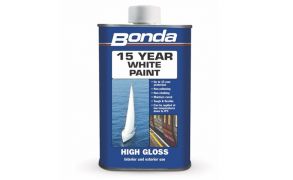 Bonda 15 Year Paint For Line Marking
Bonda 15 Year Paint For Line MarkingA one part, PU coating for line marking on London Underground Stations. LuL APR #2865.
-
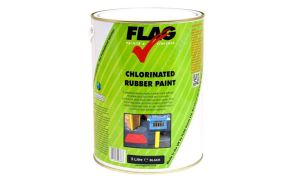 FLAG Chlorinated Rubber Line Paint
FLAG Chlorinated Rubber Line PaintA good, thick and long lasting paint which is ideal for providing a long lasting, chemical resistant demarcation.
-
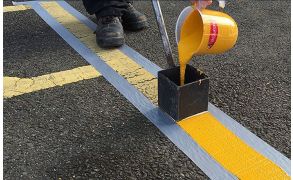 Centrecoat MMA Road Line
Centrecoat MMA Road LineA heavy duty fast return to service 2 pack line marking paint that offers up to 20 years life expectancy.
-
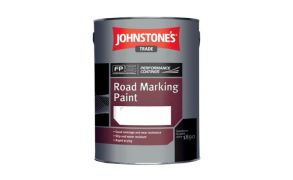 Johnstone's Trade Road Marking Paint
Johnstone's Trade Road Marking PaintA universal rapid drying road marking paint. For application to asphalt, concrete and brick with good skid resistance.
-
 Centrecoat ST1 Water Based Pride Crossing Line Marking Paint
Centrecoat ST1 Water Based Pride Crossing Line Marking PaintLine marking paint for Asphalt, Tarmac, Concrete parking bays, symbols, and walkways.
-
 Tensid LFP Line Marking Paint
Tensid LFP Line Marking PaintSpecifically developed line marking paint - a fast drying line marking for concrete surfaces with minimum disruption.
-
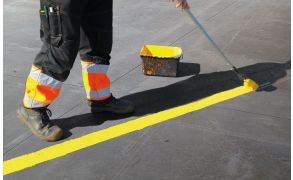 Centrecoat MMA Flex Concrete Grade
Centrecoat MMA Flex Concrete GradeA two pack, fast curing flexible coating for line marking paint for concrete surfaces.
-
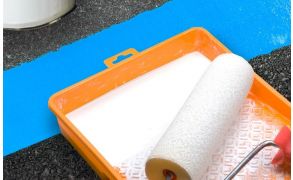 Centrecoat MMA Damp Primer
Centrecoat MMA Damp PrimerDeveloped as a primer for damp concrete, being used prior to any of the Centrecoat MMA product range.
-
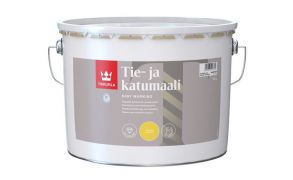 Tikkurila Road Marking Paint (Tie-ja Katumaali)
Tikkurila Road Marking Paint (Tie-ja Katumaali)An extremely fast drying water-borne road marking paint formulated with a special acrylic resin. LUL APR No.4056.
-
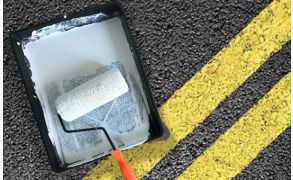 Centrecoat MMA Asphalt Primer
Centrecoat MMA Asphalt PrimerA substrate specific primer for tarmac and asphalt, being used prior to any suitable Centrecoat MMA product.
-
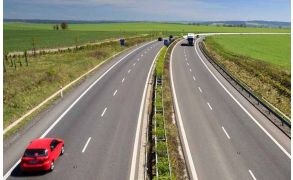 *Ennis Flint Cataphos Water Based Line Marking Paint
*Ennis Flint Cataphos Water Based Line Marking PaintThis product is now discontinued. See Centrecoat ST1 Water Based Line Marking Paint as a potential alternative.
Out of stock -
 Centrecoat Two Pack Road Line Paint
Centrecoat Two Pack Road Line PaintEpoxy White/Yellow Road line paint for double yellow lines, Playgrounds and Warehouse Floors.
-
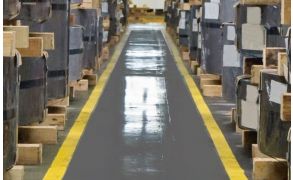 Centrecoat MMA Clear Sealer
Centrecoat MMA Clear SealerA 2 pack, fast curing, clear sealer used as the finish coat for flooring products from our MMA range.
-
 Tensid 2K Epoxy LFP Line Marking Paint Primer
Tensid 2K Epoxy LFP Line Marking Paint PrimerA water based, 2 pack epoxy primer for use prior to line marking paints offering excellent adhesion and corrosion resistance.
-
 Coo-Var W463 Acrylic Line Marking Paint
Coo-Var W463 Acrylic Line Marking PaintA Range of 8 Vibrant Coloured Line Marking Paint for School Playgrounds and Car Parks.
-
 Centrecoat Premium Chlorinated Rubber Line Marking Paint
Centrecoat Premium Chlorinated Rubber Line Marking PaintLong lasting line paint for car parks and parking spaces as well as school playgrounds.
-
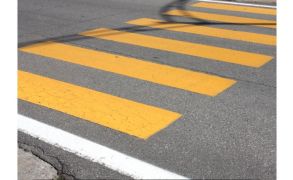 Coo-Var G119 Line Marking Paint
Coo-Var G119 Line Marking PaintA spirit based line paint which can be applied directly to tarmac. Ideal for use in factories where fast drying is important.